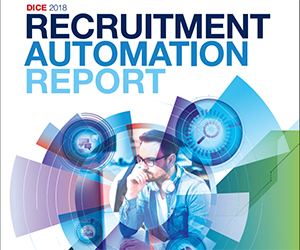Why The “Need-On-Date” Is The Best Time-Based Recruiting Metric (And why the “time to fill” metric is misleading)
Dr. John Sullivan
DECEMBER 23, 2024
This article is in response to a recent social media discussion on the use of the time to fill metric. Its goal is to urge you to switch to the more effective Need-on-Date metric. Instead, new hires should start just-in-time and right when they are needed. What Is The Need-on-Date Metric?























































Let's personalize your content